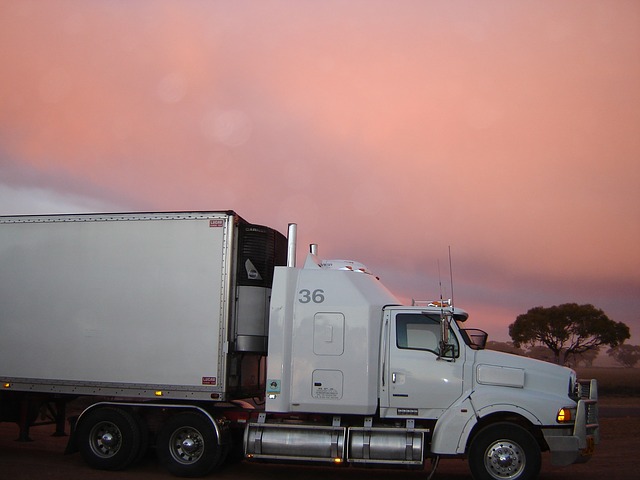When you can claim and can’t claim for car expenses
When you can claim
You can claim a deduction for work-related car expenses if you use your own car in the course of performing your job as an employee, for example, to:
- carry bulky tools or equipment (such as an extension ladder or cello) which your employer requires you to use for work and cannot leave at work
- attend conferences or meetings
- deliver items or collect supplies
- travel between two separate places of employment, provided one of the places is not your home (for example, when you have a second job)
- travel from your normal workplace to an alternative workplace that is not a regular workplace back to your normal workplace or directly home
- from your normal workplace or your home to an alternative workplace that is not a regular workplace (for example, a client’s premises) while you are on duty
- perform itinerant work.
If you receive an allowance from your employer for car expenses, it is assessable income and the allowance must be included on your tax return. The amount of the allowance will usually be shown on your payment summary.
When you can’t claim
Most people can’t claim the cost of travel between home and work because this travel is private.
Calculating your deductions
You cannot claim any expenses relating to motorcycles and vehicles with a carrying capacity of one tonne or more, or nine or more passengers, such as a utility truck and panel van using these methods. You need to use the general deduction provisions to claim for these vehicles.
Two methods
The two methods available from 1 July 2015 are:
- cents per kilometre method
- logbook method.
Cents per kilometre method
Under this, individuals use 68 cents per kilometre for all motor vehicles for the 2018–19 income year. The rate for 2017–18 was 66 cents per kilometre. The Commissioner of Taxation will determine the rate for future income years.
- Your claim is based on 68 cents per kilometre for 2018–19 income year (or 66 cents per kilometre for the 2017-18 income year).
-
- You can claim a maximum of 5,000 business kilometres per car.
- You don’t need written evidence but you need to be able to show how you worked out your business kilometres (for example, by producing diary records of work-related trips).
Where you and another joint owner use the car for separate income-producing purposes, you can each claim up to a maximum of 5,000 kilometres.
-
Logbook method
- Your claim is based on the business-use percentage of the expenses for the car.
- Expenses include running costs and decline in value but not capital costs, such as the purchase price of your car, the principal on any money borrowed to buy it and any improvement costs.
- To work out your business-use percentage, you need a logbook and the odometer readings for the logbook period. The logbook period is a minimum continuous period of 12 weeks.
- You can claim fuel and oil costs based on either your actual receipts or you can estimate the expenses based on odometer records that show readings from the start and the end of the period you had the car during the year.
- You need written evidence for all other expenses for the car.
Information from the Australian Taxation Office
Last modified: 16 Oct 2018 QC 31951
© Australian Taxation Office for the Commonwealth of Australia

